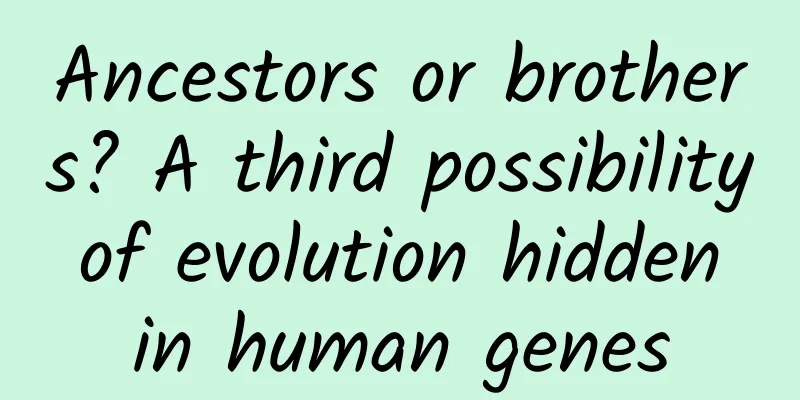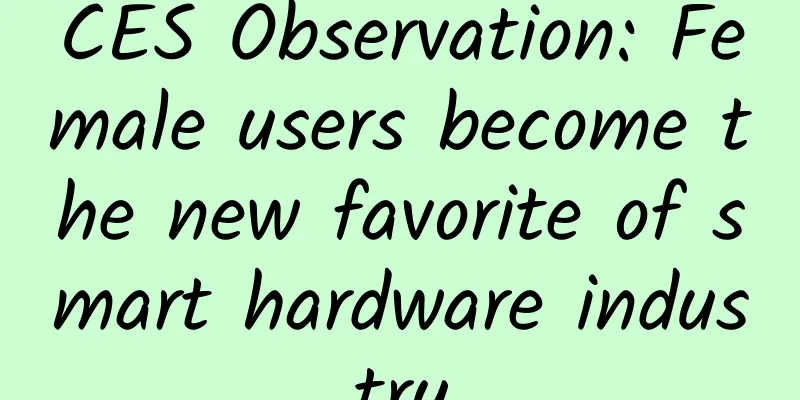Ancestors or brothers? A third possibility of evolution hidden in human genes

|
Produced by: Science Popularization China Author: Wang Jinhong (Institute of Microbiology, Chinese Academy of Sciences) Producer: China Science Expo On the evolutionary tree, some species are our "ancestors", such as ancient apes, or earlier archaeotheriums and even primitive eukaryotic animals. Without them, there would be no us. Other species are our "brothers". They have a common ancestor with us, but they have gone their separate ways in evolution and become different. However, is there a third possibility in evolution, like a "teacher" or "neighbor", who, although not directly related to us, will also leave a mark on our growth path. In other words, our closer ancestors acquired certain genes and traits from other organisms during the process of symbiosis and communication with other organisms, which have been preserved to the present day and may even become the ability we rely on for survival? Of course. Lucy the Ape in the Museum (Image source: taken from Wikipedia) In 2001, when the grand Human Genome Project was declared completed, scientists came to a conclusion that surprised many people through analysis of the modern human genome sequence: among the more than 20,000 human genes predicted based on the genome, about 200 genes were very similar to the bacterial genes that had been identified, and these genes seemed to be derived from bacteria. Since the genome sequencing technology was not perfect at the time, some scientists interpreted this discovery as the experimental samples being contaminated by bacteria. In the following two decades, as the sequencing cost became lower and lower, the human genome sequencing was repeated many times for different research purposes. After comprehensive comparison, there were still many genes similar to bacteria that could not be explained as sample contamination. Genome sequencing (Photo source: veer photo gallery) Matthew Daugherty, a biochemist at the University of California, San Diego, and his colleagues focused on this question and used computer software to track the evolution of hundreds of human genes by searching for similar sequences in other species. The study focused on genes that were not found in early animals but "suddenly" appeared in the vertebrate genome (indicating that they were not directly evolved) and whose similar sequences can be found in modern microorganisms. Among the dozens of potential vertebrate "foreign genes" they screened, one gene was IRBP, which encodes inter-photoreceptor retinoid binding protein, a protein distributed in the space between the retina and the retinal pigment epithelium and is indispensable in the visual formation of vertebrates, including humans. Among the structures of the eyeball, the retina has the function of sensing light stimulation. (Image source: wiki) Such an important gene is present in all vertebrates but is generally absent from their closest invertebrate relatives and is instead very similar to peptidase genes in bacteria. Why is this happening? Daugherty and his colleagues proposed that more than 500 million years ago, microorganisms transferred the peptidase gene to the common ancestor of vertebrates. After a period of evolution, some mutations in vertebrates themselves caused the peptidase gene to become IRBP, which also participated in the formation of the vertebrate visual system. Another piece of evidence for this view is that physiologists have long discovered that the visual organs of vertebrates are "starting from scratch" and have evolved differently from the visual mechanisms of other organisms, which may have been contributed by bacterial peptidases. In fact, before Daugherty, many scientists had studied the phenomenon and mechanism of horizontal genetic exchange between organisms. The endogenous retrovirus sequences in the human genome are a mark of humanity's struggle against ancient viruses; the CRISPR array sequences in bacteria and archaea, which are homologous to many viruses, have led to the development of the CRISPR/Cas9 gene editing technology that won the 2020 Nobel Prize in Chemistry; the ability of Agrobacterium to insert its Ti plasmid into the plant genome has almost become a necessary path for genetic manipulation of higher plants today. (Photo source: veer photo gallery) But as Julie Dunning Hotopp, a genome biologist at the Institute for Genome Sciences at the University of Maryland School of Medicine, commented, Daugherty's research reveals that not only can horizontal gene transfer occur between species, but such horizontally transferred genes may also take root in new species, enabling species to acquire new abilities or enhance their existing abilities over the long term of evolution. Just like our social relationships, organisms not only have "elders" and "relatives", but also "teachers", "friends", "strangers", etc. Understanding biological evolution from the perspective of genes as a "tree" may not be accurate if you look closely. Branches that have long gone their separate ways can also build a network and thrive in the horizontal exchange of genes. I believe that in the future more scientists will find more hidden "networks" on this "tree", and these networks will also reveal more secrets hidden in human genes. References: 【1】Kalluraya CA, Weitzel AJ, Tsu BV, et al. Bacterial origin of a key innovation in the evolution of the vertebrate eye[J]. Proceedings of the National Academy of Sciences, 2023, 120(16): e2214815120. |
<<: Mineral water has a strange taste? It's not your illusion
>>: Why can pigeons return to their homes no matter where they fly?
Recommend
How to build a community from 0 to 1?
The three eternal philosophical propositions: &qu...
An introduction to the display styles and material specifications for premium advertising!
Youliang Advertising is an advertising product th...
Easily complete the year-end summary, how powerful is Huawei PC Super Terminal?
In a few days, 2022 will say goodbye to us. The c...
Latest research: Sunbathing can prevent dementia! But too much or too little sun exposure can cause dementia!
The team led by Professor Yu Jintai from Huashan ...
There are no penguins in the Arctic. Is it because it's not cold enough?
Review expert: Cai Dawei, Professor of Archaeolog...
Is there a bubble in artificial intelligence? iFlytek's net profit drops by nearly 60%
Since last year, artificial intelligence has quic...
Smart TV, let's talk about this industry
LeTV's "Refresh 4x4" conference at ...
Zhihu traffic-generating method, collection!
Recently, I discovered a quick way to attract fol...
Will the QR codes we scan every day be used up one day?
An Jiaran “Please scan the QR code”, do you often...
Several ways to make money on Douyin. What are the ways to make money on Douyin?
The largest traffic is in the Internet industry, ...
The world's first shot!
On May 1, the clinical study of the inactivated C...
Unprecedented! Another major discovery in Sanxingdui
June 13 Sanxingdui is "updated" again A...
The Spring Festival turned into a "Spring Disaster", it turns out that anxiety is "causing trouble"! How to relieve anxiety after the festival
I don’t know if you feel the same as I do recentl...
How to avoid "playing the lute to a cow" in traffic promotion?
Who are you asking for traffic from? In ancient t...
Will television really die under the influence of mobile Internet?
In this era of rapid development of mobile Intern...









